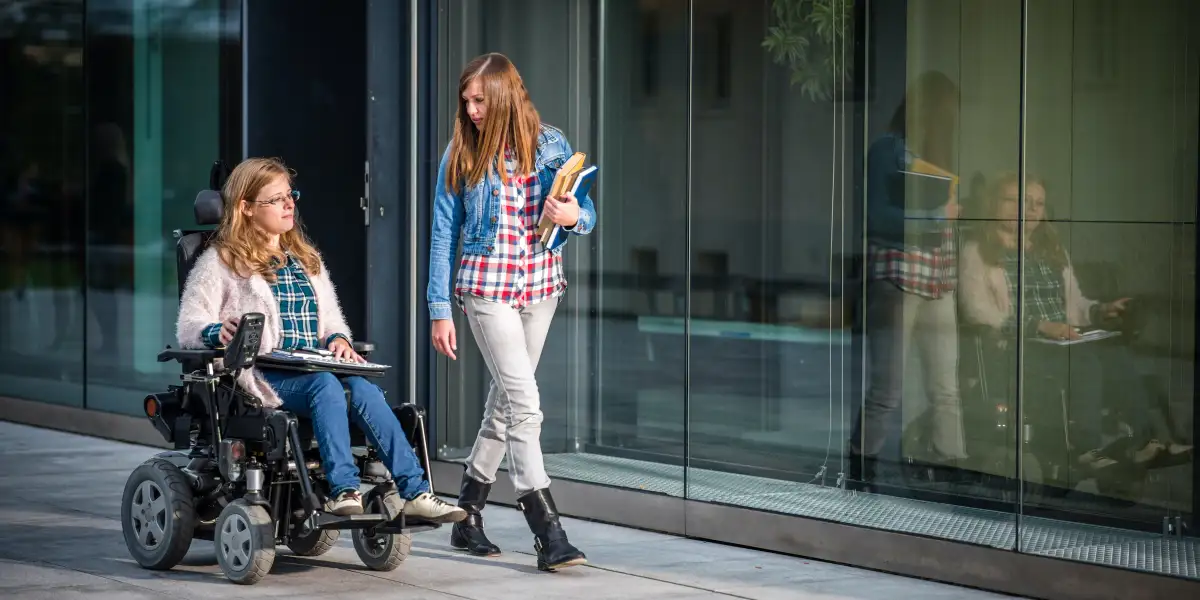Mobility aids are devices designed to assist individuals with mobility limitations in moving around and performing daily activities. From canes to wheelchairs, these aids play a crucial role in enhancing independence and quality of life for millions of people worldwide. In this comprehensive guide, we will delve into the world of mobility aids, exploring their types, features, benefits, challenges, and future trends.
Types of Mobility Aids
Walking Aids
Walking aids are designed to provide support and stability while walking. They include canes, crutches, and walkers. Canes are lightweight and provide balance support. Crutches offer more extensive support and are commonly used for temporary mobility limitations. Walkers are stable devices with four legs and provide significant support for individuals with balance issues.
Wheelchairs
Wheelchairs are perhaps the most well-known mobility aids. They come in two main types: manual and power wheelchairs. Manual wheelchairs are propelled by the user or a caregiver, whereas power wheelchairs are motorized and offer greater independence for individuals with limited upper body strength or mobility.
Mobility Scooters
Mobility scooters are electric vehicles designed for individuals who have difficulty walking long distances. They are ideal for outdoor use and offer a comfortable and convenient way to navigate various terrains.
Transfer Aids
Transfer aids assist individuals in transferring from one surface to another safely. They include patient lifts, which are used to transfer individuals between beds, chairs, and other surfaces, and transfer boards, which facilitate lateral transfers between surfaces.
Before selecting a mobility aid, several factors need to be considered:
Mobility Needs Assessment: It’s essential to assess the individual’s specific mobility needs and limitations to determine the most suitable aid.
Physical Considerations: Factors such as strength, balance, and coordination play a crucial role in determining the type of mobility aid needed.
Lifestyle Factors: Considerations such as daily activities, living environment, and transportation needs should be taken into account.
Budget and Insurance Coverage: Mobility aids can vary significantly in cost, so it’s essential to consider budget constraints and insurance coverage options.

Features to Look for in Mobility Aids
When choosing a mobility aid, several key features should be considered:
Comfort: The aid should be comfortable to use for extended periods, with ergonomic designs and padded supports.
Durability: Look for aids made from high-quality materials that can withstand regular use and provide long-lasting reliability.
Adjustability: Adjustable features such as height settings and seat positions ensure a proper fit and accommodate individual preferences.
Portability: For individuals who travel frequently, lightweight and foldable designs offer greater convenience and ease of transport.
Tips for Proper Use of Mobility Aids
To ensure the safe and effective use of mobility aids, the following tips should be followed:
Correct Posture and Positioning: Maintain proper posture and positioning while using the aid to prevent strain and injury.
Regular Maintenance: Keep the aid clean and well-maintained to ensure optimal performance and longevity.
Safety Precautions: Be aware of potential hazards and take necessary precautions to prevent accidents and injuries.
Training and Practice: Receive proper training and practice using the aid to improve proficiency and confidence.
Benefits of Using Mobility Aids
Using mobility aids offers a wide range of benefits, including:
Increased Independence: Mobility aids empower individuals to perform daily activities and participate in social and recreational activities independently.
Improved Mobility: By providing support and assistance, mobility aids enable individuals to navigate their surroundings with greater ease and confidence.
Enhanced Quality of Life: Mobility aids contribute to improved physical and mental well-being, leading to a higher overall quality of life.
Reduction of Physical Strain: By reducing the physical effort required to move around, mobility aids help prevent fatigue and strain on the body.

